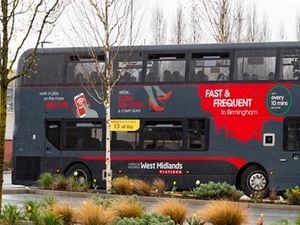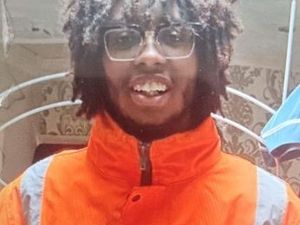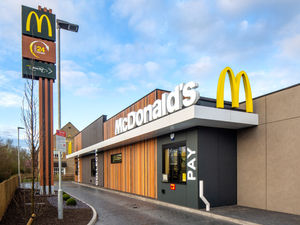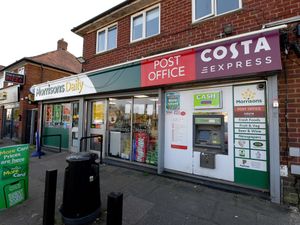Great Barr Hall restoration and homes plan refused permission
A “dream” plan to restore the crumbling, historic Great Barr Hall and build more than 50 homes on greenbelt land has been rejected.
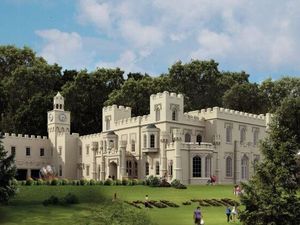
Walsall Council’s planning committee was given a raft of reasons why the proposal to rebuild the Grade II listed building and convert it into a wedding venue, as well as constructing 57 properties on the parkland, should be refused.
Consortium BCG Lakes Limited said the site had suffered from arson and vandalism, adding their plans would put an end to issues and had support from almost 500 residents across two petitions.
But the proposal also sparked strong protest, with hundreds of residents writing letters of objections to join opponents including Historic England, Beacon Action Group, Sandwell Council and Walsall South MP Valerie Vaz.
Ms Vaz argued that the owners have shown "thorough disregard" for the upkeep of the hall and parkland – and called for planners to reject the proposals, saying the applicants had failed to show there were very special circumstances to justify the homes plan.
"The owners of Great Barr Hall have neglected its upkeep and allowed it to become almost totally derelict and of very little historic significance. The hall was Grade II* listed, and after I wrote to Historic England in 2016 it was downgraded to Grade II," she said.
Conservation and ecology officers, pollution control and the vicar of Great Barr, Martin Rutter, also voiced objections.
Beacon Action Group said that since Great Barr Hall was sold in 1978 it had been purchased by different owners but none had preserved it, leading to its dereliction.
They argued that the application was not about restoring it but rather to carry out the ‘enabling development’ and build 57 houses on the greenbelt park and create a gated community with no benefits to the wider public.
The group also said this application was first submitted in 2013 and had since been “left on the shelf”.
Historic England said the estimated restoration costs back in 2016 stood at around £16-20 million and therefore it was not financially viable.
A spokesman for Beacon Action Group said: “They are selling a dream to people that this is what they’re going to get. But the likelihood of that happening is very remote.”
Reverend Rutter told the planning committee the amenity and views of the parkland could be lost if the development was allowed to go ahead.
He added that proposed changes to the Suttons Drive entry on to the site – part of which the church has a right of way over – could impact access to the churchyard.
Planning officers recommended refusal for the reasons of poor design, harm to the Green Belt, a failure to prove the enabling development would guarantee the restoration of the hall, and the potential fear of crime.
They also said it would not safeguard trees, habitats and species on site, no air quality assessment had been produced and there had been a failure to provide affordable housing and public open space.
The proposal was also considered not to preserve the character of the conservation area.
Councillor John Murray said: “In the few years that I’ve been on this committee, I don’t think I’ve ever seen so many reasons for refusal.
“Quite how we could put together a case for going against the officer’s recommendation, I don’t know.”
Councillor Khizar Hussain said: “It seems a very big application – 57 dwellings on big open space and it is the Green Belt.
“That would have a big effect on people there. It would be a shame for people there to lose this land.”
Councillor Stephen Craddock said: “They have not demonstrated any special circumstances for which these houses should be built and I know they are trying to link it up to the hall.
“But that’s a promise of something that we can’t guarantee and I don’t think they’ve made any case for it.”
Members of the committee voted unanimously against the proposal.

